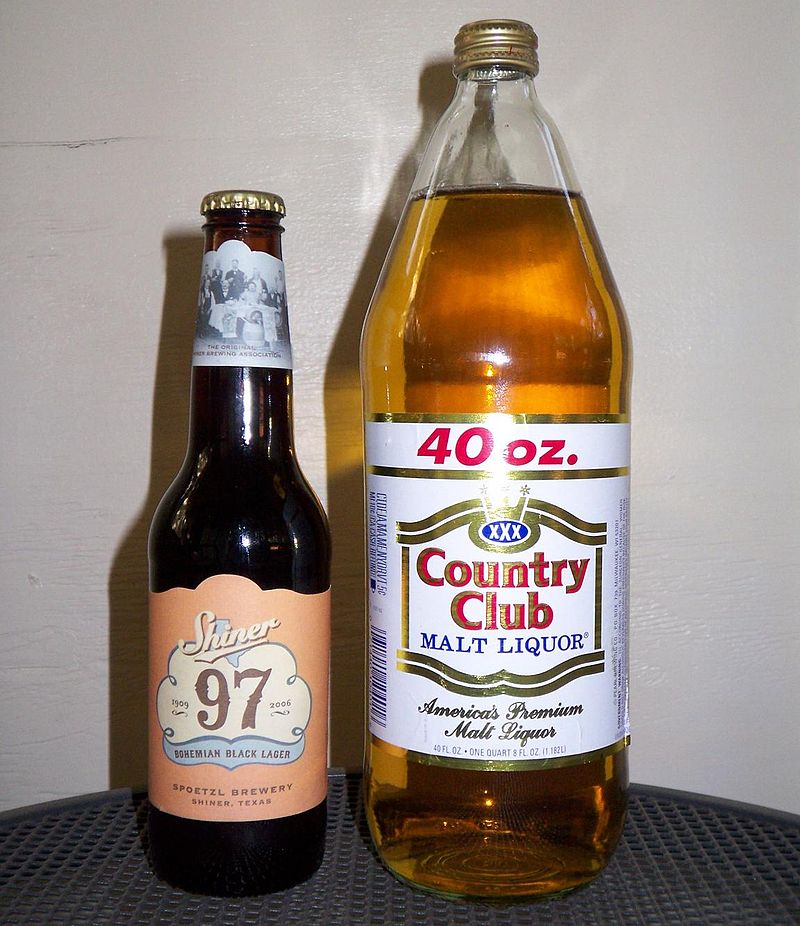Seawall Bar: Enjoy Drinks with Stunning Ocean Views in Galveston
Seawall Bar: Enjoy Drinks with Stunning Ocean Views in Galveston
Blog Article
Understanding the Craft of Distillation: a Deep Dive Into Distillery Traditions
Discovering the elaborate art of purification reveals a globe steeped in classic customs that have formed the spirits we delight in today. From the old origins of purification techniques to the modern-day development of distillery tools, each step in the process brings with it a rich tapestry of history and knowledge. As we look into the fragile balance of contemporary versus traditional distilling methods and reveal the importance of vital ingredients, a much deeper understanding arises of the profound influence distillery customs carry the spirits we savor.
Origins of Distillation Methods
The development of distillation techniques has a rich background that traces back to old human beings. The principle of dividing parts based on their various boiling factors laid the structure for the advanced distillation processes we have today.
The earliest proof of purification days back to around 3000 BC in Mesopotamia, where clay pots were made use of to distill fragrances and aromatic oils. The Egyptians additionally advanced these techniques, utilizing distillation for embalming practices and medicinal objectives. The Greeks, especially numbers like Aristotle and Hippocrates, added to the theoretical understanding of purification.
Gradually, distillation infect areas like India, China, and the Center East, each culture adding its one-of-a-kind touch to the craft. The development of distillation techniques proceeded with the Middle Ages and the Renaissance, at some point leading to the varied variety of distillation procedures used in contemporary distilleries worldwide.
Evolution of Distillery Tools

With improvements in modern technology and a much deeper understanding of the distillation process, modern-day distilleries currently utilize a variety of innovative devices to produce spirits of the best quality. Today, purification equipment consists of column stills, reflux stills, and hybrid stills, each designed to accommodate certain distillation demands. These contemporary stills offer far better temperature level policy, increased purification precision, and better effectiveness in dividing alcohol from pollutants.
Along with stills, distilleries currently utilize advanced condensers, fermenters, and purification systems to further improve the distillate. The advancement of distillery equipment proceeds to play a critical function in forming the varied series of spirits available on the market today.
Typical Vs. Modern Distilling Practices
In taking a look at distilling practices, the comparison in between modern-day and conventional approaches reveals considerable advancements in effectiveness and top quality. Conventional distilling methods often include classic strategies gave via generations, highlighting workmanship and artisanship (Distillery in Galveston). These methods commonly count on copper pot stills and hands-on procedures that call for a high degree of skill and experience from the distillers. Conversely, contemporary distilling techniques utilize cutting-edge innovation and advancement to streamline production processes and improve uniformity. Automated systems, electronic controls, and advanced tools make it possible for modern-day distilleries to generate spirits more effectively and with better accuracy.
While standard distilling techniques are valued for their heritage and the special tastes they create, modern methods supply benefits in regards to scalability, quality assurance, and sustainability. By integrating scientific improvements and contemporary engineering, distillers can optimize manufacturing, minimize waste, and satisfy the demands these days's market better. Eventually, the choice in between standard and contemporary distilling methods typically depends on the distillery's objectives, values, and target market.
Key Active Ingredients in Distillation Process
Within the craft of purification, the selection of vital components plays a critical duty in establishing the flavor account and high quality of the spirits produced. The main ingredients made use of in the distillation procedure are generally this hyperlink water, yeast, and a fermentable resource such as grains, fruits, or sugarcane.
Water is a basic element as it not just waters down the click to find out more alcohol web content to a palatable degree but additionally affects the general mouthfeel and texture of the spirit. The top quality and mineral material of the water made use of can substantially influence the final item.
Yeast is another necessary ingredient that converts the sugars existing in the fermentable resource right into alcohol through the procedure of fermentation. Different stress of yeast can generate varying tastes and fragrances, adding to the one-of-a-kind attributes of the spirit.

Effect of Distillery Traditions on Spirits
The impact of longstanding distillery customs on spirits extends beyond the selection of crucial active ingredients, shaping the really essence and personality of the final distilled items (Distillery in Galveston). These traditions, gave via generations, play a vital role in specifying the unique preference accounts and qualities that identify one spirit from another
Distillery customs incorporate a wide variety of techniques, from the particular methods made use of in purification to the choice of aging procedures used. For example, the usage of traditional copper pot stills in whiskey manufacturing is thought to impart specific tastes and characteristics that are extremely valued by lovers. Likewise, the aging of spirits in oak barrels, a method deeply rooted in distilling customs, adds to the growth of intricate scents blog and tastes gradually.

Conclusion
From the origins of distillation techniques to the modern practices, the impact of distillery traditions on spirits is undeniable. Distillery traditions play an important role in forming the spirits market and protecting the heritage of purification methods.
Throughout the history of distillation, the tools made use of in distilleries has actually gone through considerable evolution to enhance performance and high quality of the distillation process.With advancements in technology and a much deeper understanding of the distillation process, modern-day distilleries currently use a variety of innovative devices to create spirits of the highest quality. Today, purification tools includes column stills, reflux stills, and hybrid stills, each made to cater to specific purification requirements. From the origins of purification techniques to the modern-day methods, the impact of distillery traditions on spirits is obvious. Distillery customs play a vital duty in shaping the spirits sector and protecting the heritage of purification methods.
Report this page